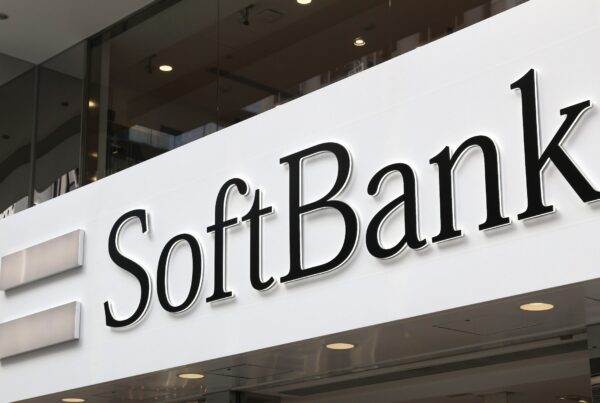Apple’s stock tumbled sharply following the launch of the iPhone 17 during its “Awe-Dropping Event” in Cupertino, California, on September 9, 2025. The stock fell 1.5 percent on the day of the event and extended losses to 3.2 percent the following day. Within just two days, Apple’s market capitalization shrank by roughly 112 billion dollars. The scale of the drop sparked concern among investors about the company’s innovation strategy and its short-term outlook.
The market’s negative reaction was not without reason. Expectations for the iPhone 17 had been sky-high for months. Leaks, analyst predictions, and pressure from competitors fueled hopes for a groundbreaking leap forward. However, what Apple announced was viewed more as incremental improvements rather than disruptive innovation. The slimmer iPhone Air did draw attention, but many investors felt the updates were not compelling enough to trigger a massive upgrade cycle.
Beyond innovation, Apple’s pricing strategy also weighed on sentiment. The company opted not to raise prices despite absorbing more than 1 billion dollars in tariffs. This move was seen as risky because it could squeeze profit margins. Reuters highlighted that while Apple’s decision signaled caution about consumer spending power, it also raised doubts about whether earnings could hold up under mounting cost pressures.
Global Market Risks and China
China, one of Apple’s most critical markets, presented additional challenges. The iPhone Air model faced delays there due to regulatory hurdles over eSIM adoption. For investors, this signaled that Apple’s global expansion remained vulnerable to local regulations, potentially holding back demand in key regions.
Competition also loomed large. Rivals such as Samsung, Huawei, and other Asia-based brands have aggressively marketed advanced artificial intelligence features in their latest devices. Apple, by contrast, chose to delay major Siri upgrades until 2026. This decision reinforced the impression that Apple was lagging in AI integration at a time when the market is moving rapidly in that direction.
Market Psychology and the “Sell the News” Effect
Stock prices often react as much to sentiment as to fundamentals. The familiar “sell the news” effect resurfaced with Apple. Investors who had bought shares ahead of the launch sold off after the event delivered no big surprises. This wave of profit-taking amplified selling pressure and pushed the stock lower. Such post-launch dips have occurred with past iPhone announcements, but the scale of this correction was large enough to spark a deeper debate about Apple’s strategy.
Some Wall Street analysts argued the market overreacted. They pointed to Apple’s massive loyal customer base, strong services ecosystem, and solid balance sheet. Others, however, warned that if Apple continues to lag behind in AI innovation, the long-term consequences could be more severe in the next five years.
Long-Term Impact and the Way Forward
While losing 112 billion dollars in market value sounds dramatic, in the context of Apple’s 3.5 trillion dollar market cap, the drop remains manageable. Still, the market sent a clear signal. Investors want to see concrete steps from Apple to deliver innovation aligned with current technology trends, particularly artificial intelligence.
What Apple should do next is sharpen its AI roadmap, reinforce its pricing strategy to protect margins, and ensure smoother product launches in key markets such as China. Greater transparency about medium-term strategy and capital allocation, including opportunistic buybacks, could also help restore confidence.
Apple’s stock decline after the iPhone 17 release is a reminder that reputation and expectations can turn against even the strongest brands if not backed by visible innovation. The company remains a dominant player, but it must move faster to avoid falling behind in a fiercely competitive global tech landscape.
Ultimately, this episode shows that markets judge not only the products themselves but also the narrative a company presents. Apple will need to respond with a clearer strategy to win back investor confidence. To stay updated on other technology and market developments, readers can explore related articles on Olam News.
Discover more from Olam News
Subscribe to get the latest posts sent to your email.





